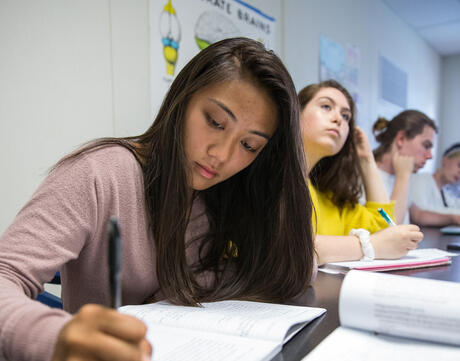
3-2-1
At a Glance
Subject
- English & Language Arts
- History
- Social Studies
Grade
6–12Overview

Teaching Strategies
What Is the 3-2-1 Strategy?
A 3-2-1 prompt helps students structure their responses to a text, film, or lesson by asking them to describe three takeaways, two questions, and one thing they enjoyed.
It provides an easy way for teachers to check for understanding and to gauge students’ interest in a topic. Sharing 3-2-1 responses is also an effective way to prompt a class discussion or to review material from the previous lesson.
Instructions
How to Use the 3-2-1 Strategy
Variations on the 3-2-1 Strategy
Unlimited Access to Learning. More Added Every Month.
Facing History & Ourselves is designed for educators who want to help students explore identity, think critically, grow emotionally, act ethically, and participate in civic life. It’s hard work, so we’ve developed some go-to professional learning opportunities to help you along the way.
Exploring ELA Text Selection with Julia Torres
On-Demand

Working for Justice, Equity and Civic Agency in Our Schools: A Conversation with Clint Smith
On-Demand

Centering Student Voices to Build Community and Agency
On-Demand














